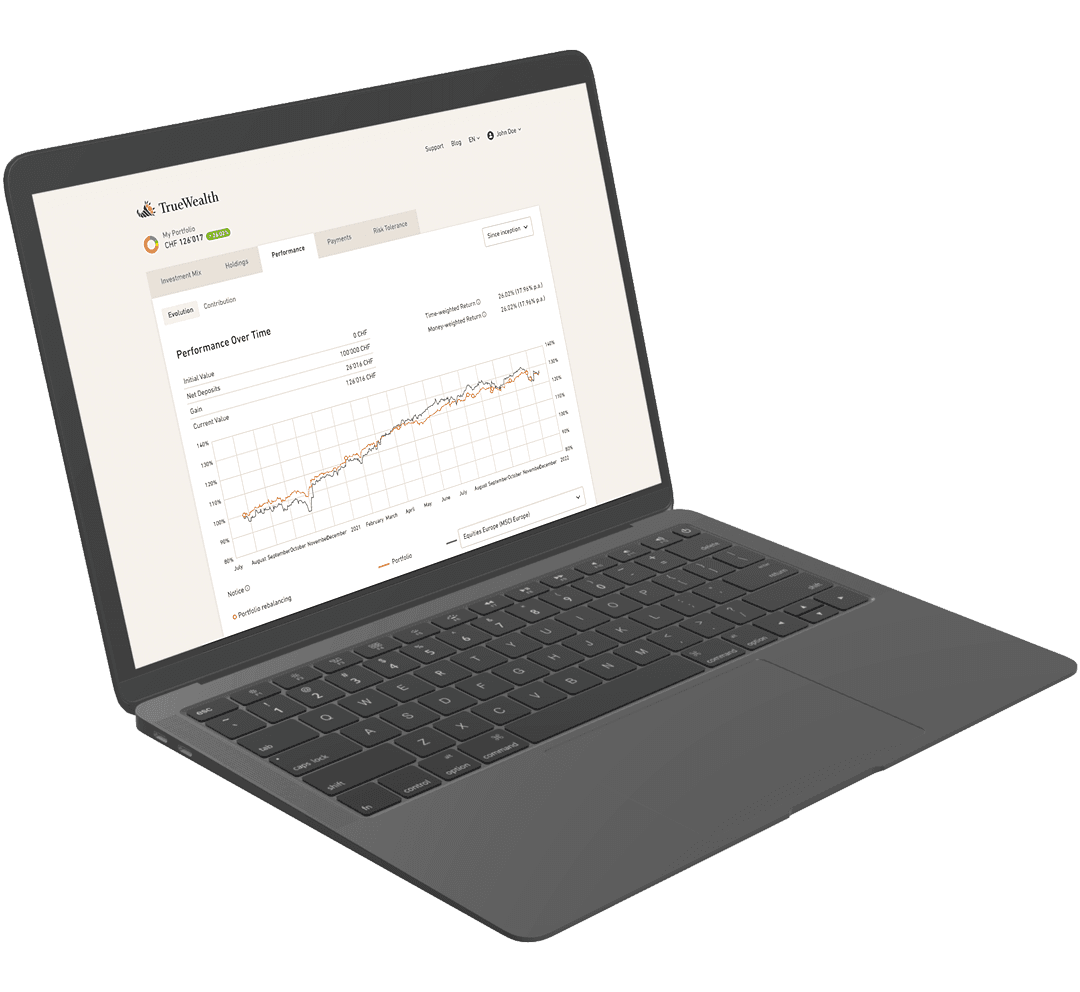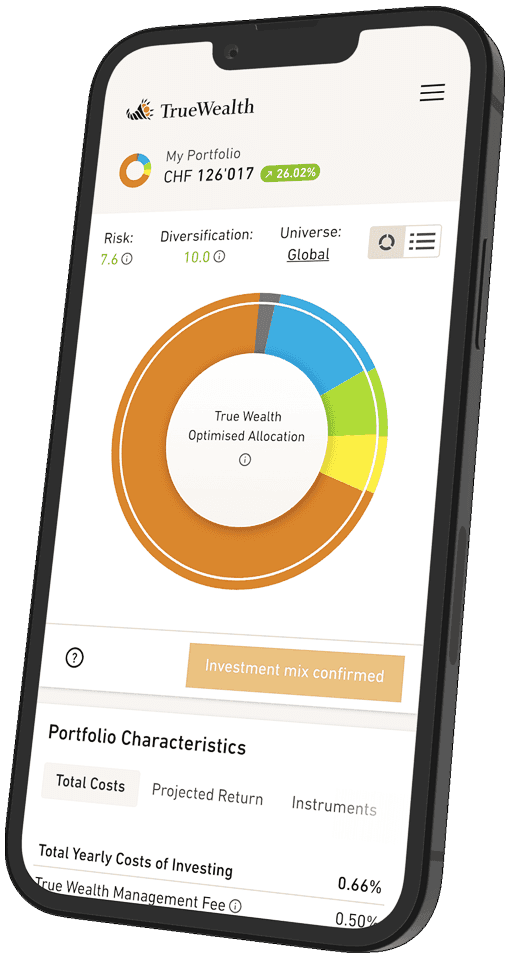#46 Active vs. passive funds: Which one performs better?
More and more investors are opting for a passive investment strategy. But what does passive investing mean – and how does it differ from active fund investing? And above all: Which strategy performs better?
What does «passive investing» mean?
Passive funds – known as ETFs (exchange-traded funds) or index funds – track a market index. Whether it is the Swiss SMI or the US Nasdaq, a passive fund automatically invests in the securities included in the index, with the same weighting as the index itself. The advantage is clear: passive investing is cost-effective and transparent, and you benefit from broad diversification across the market.
And what do active funds do differently?
Active funds aim to beat the market. To do this, fund managers analyze individual stocks, make targeted investment decisions, and try to achieve additional returns – known as «alpha» – through active trading.
But this comes at a price: fund managers and sales staff want to be well paid, and frequent buying and selling incur additional transaction costs – all of which are ultimately paid by the investor.
The analysis: who beats whom?
In Switzerland, active and passive funds are roughly equally popular: around one third of the population invests in actively managed funds, while another third already invests passively. However, a clear trend is emerging among wealthier individuals: around 60 percent of investors with assets of over 500'000 francs invest in passive products.
But how do active funds actually perform when compared to an ETF?
Let's take the Swiss Performance Index (SPI), which comprises over 200 Swiss company shares, as an example.
Over the last ten years – from 2014 to 2024 – an SPI ETF achieved an annualized return of 5.6 percent. This means that thanks to the compound interest effect, 100 francs turned into 172 francs.
For comparison, we looked at 21 actively managed Swiss funds that use the SPI as their benchmark and have been in existence since at least 2014. These come from well-known providers such as Pictet, UBS, Vontobel, and Raiffeisen. The result: two-thirds of the active funds underperformed the ETF, with only one-third holding their own. It is important to note that funds that were liquidated during the same period were not taken into account. The «survivorship bias» therefore works in favor of active funds.
A look beyond national borders
Swiss fund managers actually perform relatively well in international comparison: in the US, only around 15 percent of active funds manage to outperform their passive ETF counterparts. In Europe, the figure is just 8 percent. In none of the regions surveyed did active funds outperform passive ETFs on the same market over a ten-year period.
That is why we at True Wealth recommend using passive investment instruments to invest efficiently, transparently, and cost-effectively.
And how do you invest? Are you already relying on ETFs, or are you still investing in active investment products?
Feel free to send me your thoughts or experiences by email. I look forward to hearing from you.
About the author

Founder and CEO of True Wealth. After graduating from the Swiss Federal Institute of Technology (ETH) as a physicist, Felix first spent several years in Swiss industry and then four years with a major reinsurance company in portfolio management and risk modeling.

Ready to invest?
Open accountNot sure how to start? Open a test account and upgrade to a full account later.
Open test account